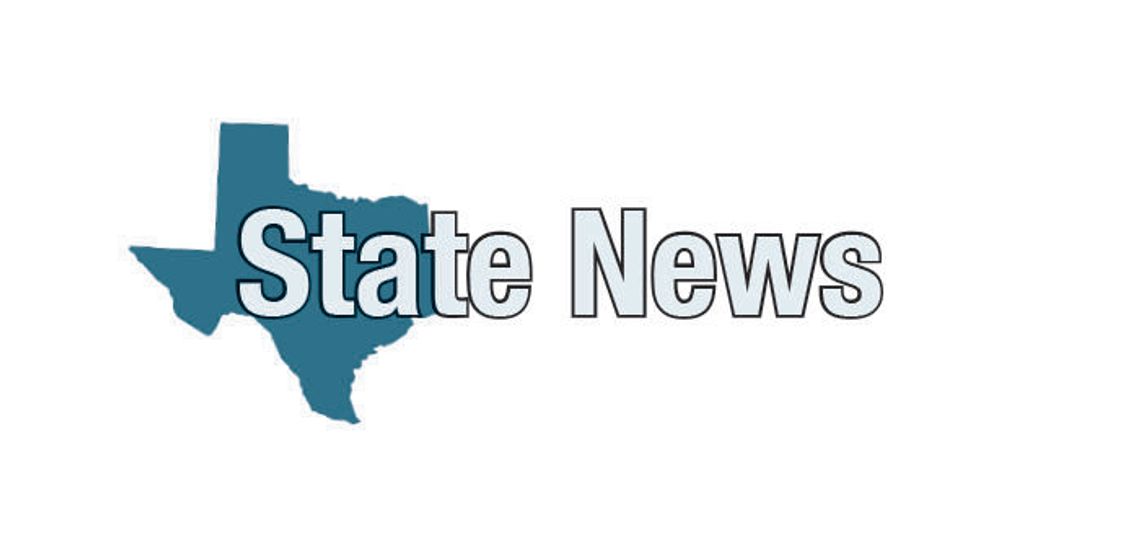Central Texas has experienced three 100-year floods within the last six years, and Hurricane Harvey and Tropical Storm Imelda dumped literally feet of water across southeast portions of the state, both within the past two years.
Cities and counties, left struggling in the aftermath, were largely dependent on federal disaster declarations and subsequent funding, which, as local residents have learned, takes years to materialize.
Although those kinds of massive destructive events will likely stay beyond mankind’s attempts at control, lesser events, say 10 to 12-inch rainfalls, may be be something Texas can engineer around, if enough Texans vote for in favor of it.










